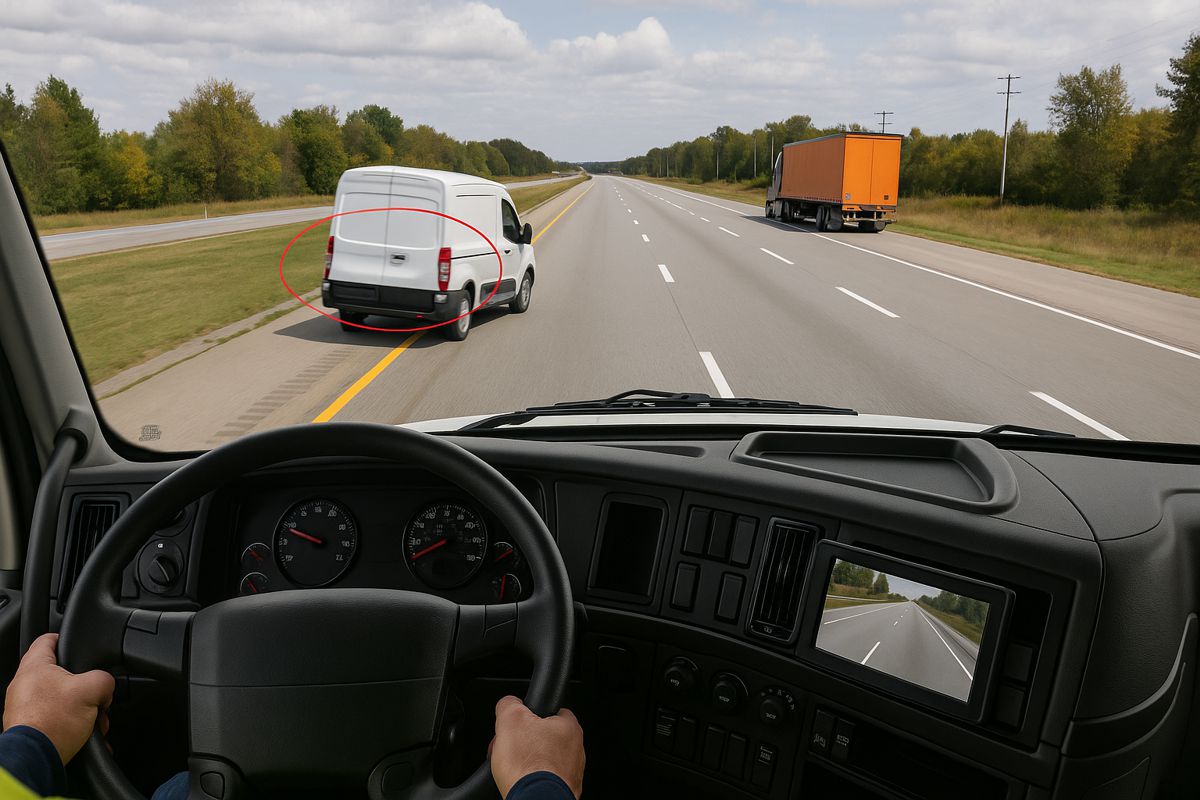What Every Driver Should Know About Road Signs in Australia
It doesn’t matter if you’re new to driving or have been on the road for years, understanding road signs is one of those things that seems simple enough – until it’s not.
Sure, we all know what a “stop sign” and “no-entry” sign looks like, but what about those obscure signs you spot once in a blue moon in a remote country area?
You know, the one with a car positioned at 45 degrees over a cow with the word ‘Beware” underneath it, or the one where someone appears to be sitting on an emu with a gun.
Some can just leave you second-guessing when you are on the road.
However, the truth is that road signs are there to keep us safe, organised, and communicate vital information about what’s up ahead. They can advise on everything from speed limits and school zones to the aforementioned roaming cattle in the area, or whether emu culling is taking place in the area.
So, brushing up on your road sign knowledge every now and then is a good idea, as it could save you a fine, or even more importantly, a life.
Whether you’re studying for your driving test or just want to sharpen up your knowledge, this guide breaks down what every Aussie driver should know about road signs.
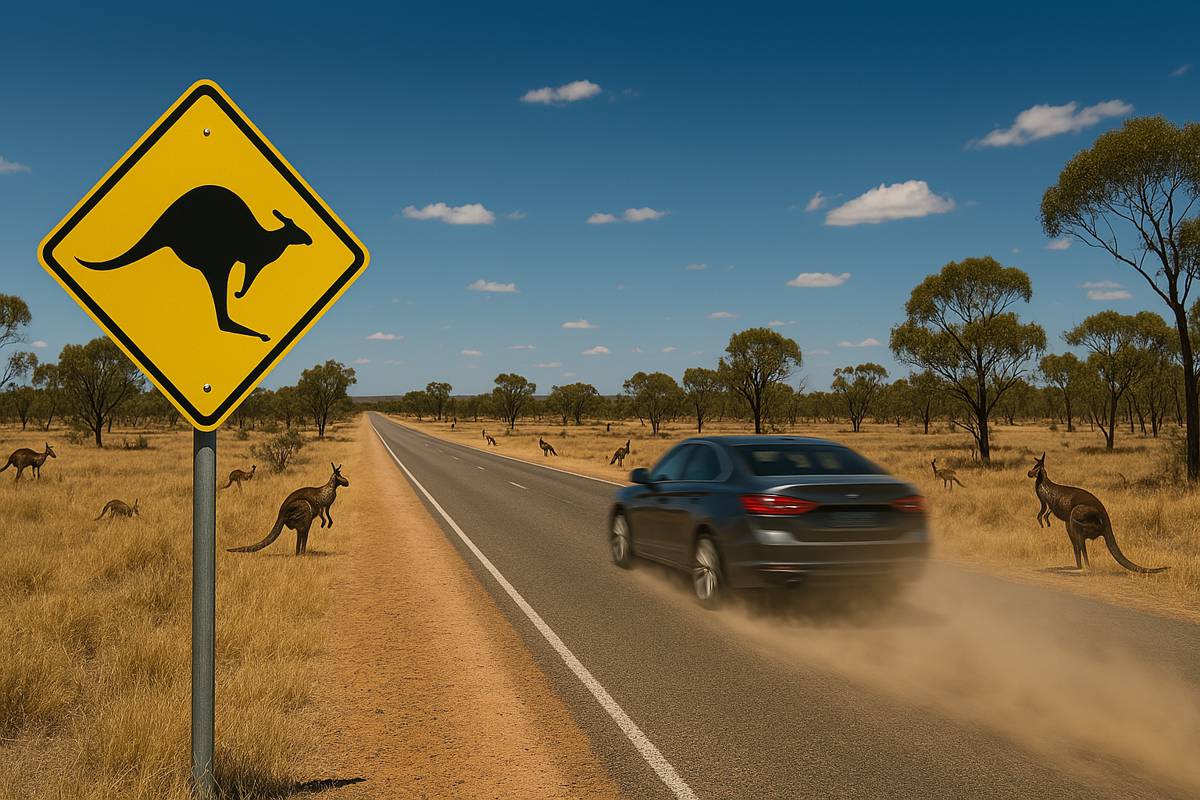
The Importance of Learning With the Right Instructors
If you’re just starting out or feel like your road sign game could use a refresher, it’s always smart to learn from the pros.
A great place to start is with EZLicence driving lessons. These guys match learners with qualified instructors in your local area, giving you the confidence and knowledge you need, not just to pass your test, but to become a safe and smart driver for life.
If you’d rather not take lessons again, you can always jump on YouTube, where there are several videos that will test you on your Australian road sign knowledge.
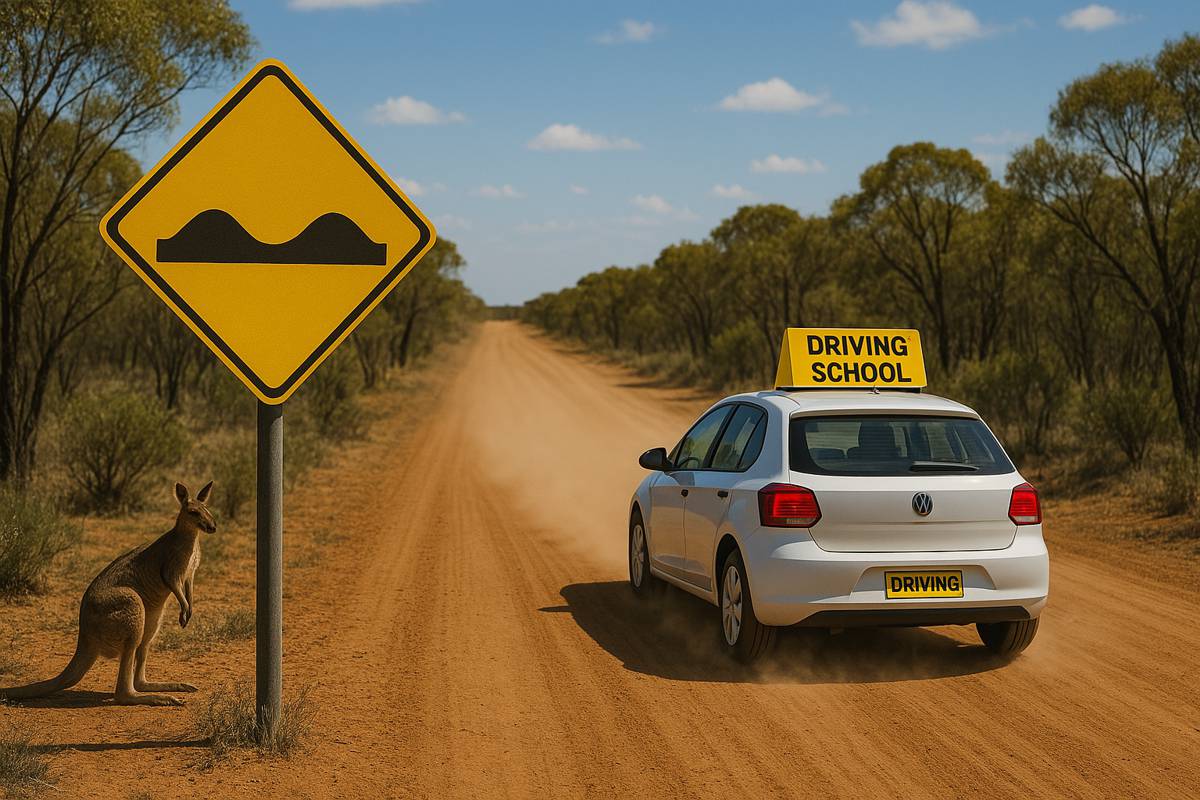
The Different Types of Road Signs in Australia
Australia follows a set of standardised road signs that are designed to be clear and easy to understand, even at a quick glance. Road signs generally fall into four major categories: regulatory, warning, guide/information, and roadwork signs.
Here is some more information about them.
1. Regulatory Signs
These are the ones that tell you what you must or must not do. Think speed limit signs, stop and give way signs, no entry, no parking, and so on.
These signs are usually red, black, and white. In other words, no-nonsense colours to signal their importance.
Some examples include:
- Speed limit signs (e.g., 50km/h)
- No U-turn
- Keep left
- No stopping
Failing to obey a regulatory sign usually results in a fine or demerit points (or both), so it’s crucial to pay attention to them.
2. Warning Signs
Typically, comprising yellow diamond-shaped signs, warning signs are there to alert you to potential hazards ahead. They don’t tell you what to do, but they do suggest that you drive with caution.
Some examples include:
- Sharp bends
- Animal crossings (like kangaroos or wombats)
- Slippery roads
- Floodways
If you’re driving in rural or regional areas, you’ll see more of these signs, and you should be aware that they are not just for show.
Hitting a kangaroo at 100km/h is a real risk, and adhering to those warning signs could save your car from significant damage, not to mention your insurance premium or your life.
3. Guide/Information Signs
These signs are navigational helpers that give directions, such as how far it is to the next town. They’re usually a green or blue colour and are designed to help you stay on the right track.
Some examples include:
- Highway exit signs
- Distance markers
- Route numbers
- Tourist information signs
Thanks to GPS, many of us often ignore guide signs these days. However, you should not underestimate them.
While technology might be convenient, it isn’t perfect, and these signs can help when your signal drops out or your phone decides to freeze.
4. Roadwork Signs
Construction zones have their own set of signs, which are typically orange. They are specifically designed for everyone’s safety, including the workers on the road.
Some examples include:
- Roadwork ahead
- Temporary speed limits
- Lane closures
- Detour signs
When you see these signs, you should always slow down, even if you can’t see workers around. Speeding fines in these zones are often double, and there’s usually less room for error.
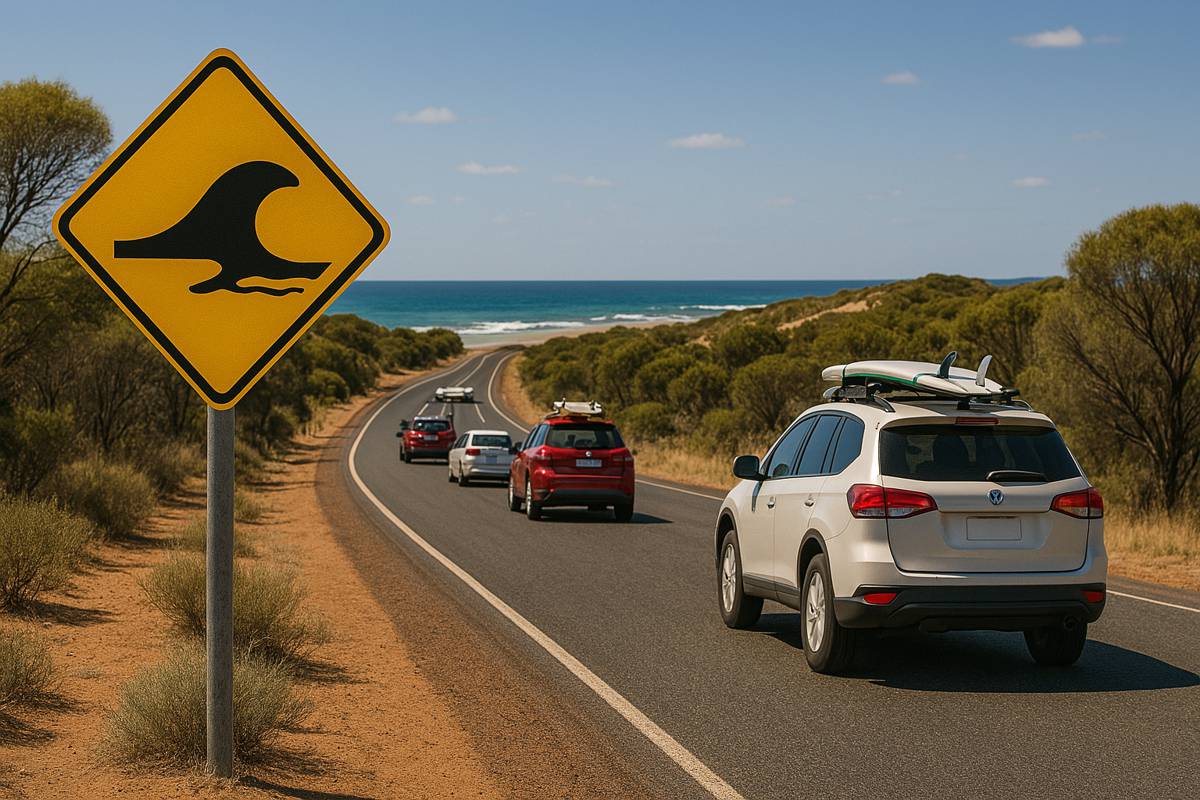
Tips to Remember Road Signs Easily
Overall, there are more than 250 Australian road signs. So, it can be a challenge to remember and recall them.
Thankfully, there are a few tricks that can make doing so a bit easier. They include the following:
- Learn in categories: Don’t try to learn every sign at once. Focus on regulatory signs one day, then move on to warning signs.
- Use flashcards or apps: There are apps designed to help you study for the driving test, and they’re useful for experienced drivers too.
- Stay observant on the road: Challenge yourself to spot and identify signs while you drive. The more you do it, the more second-nature it becomes.
- Watch for new signs: Road safety rules evolve over time. New signs pop up, for instance, electric vehicle charging stations or low-emission zones, so try to keep an eye out for them.
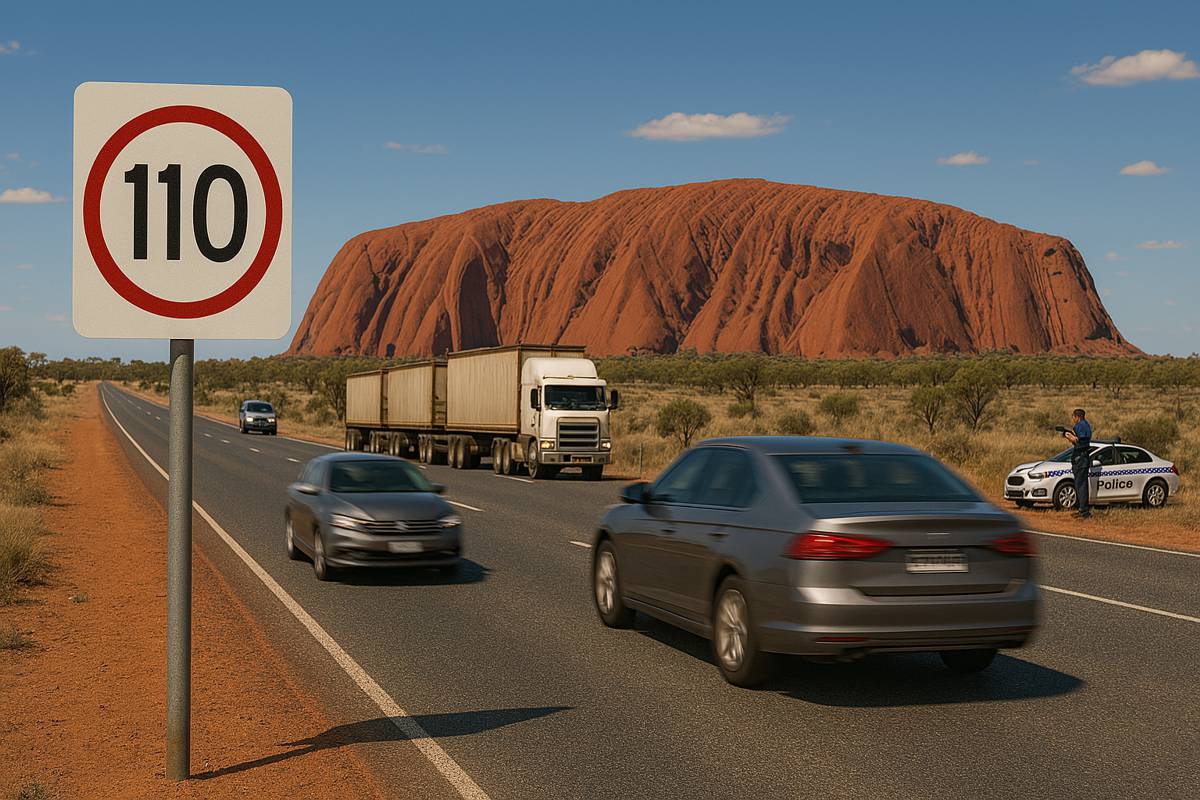
Why It Matters (Even After You Get Your Licence)
Some drivers think that once they’ve passed their test, they can forget all about road signs. But rules change, and roads you once knew like the back of your hand can be upgraded or re-zoned.
Plus, understanding road signs is about ticking more than just a box for a test; it’s also about keeping you, your passengers, and everyone else safe.
Whether it’s avoiding a wrong turn, staying within the speed limit, or knowing when to give way, there is no denying that signs play a critical role in helping traffic flow safely and smoothly on all Australian roads.














